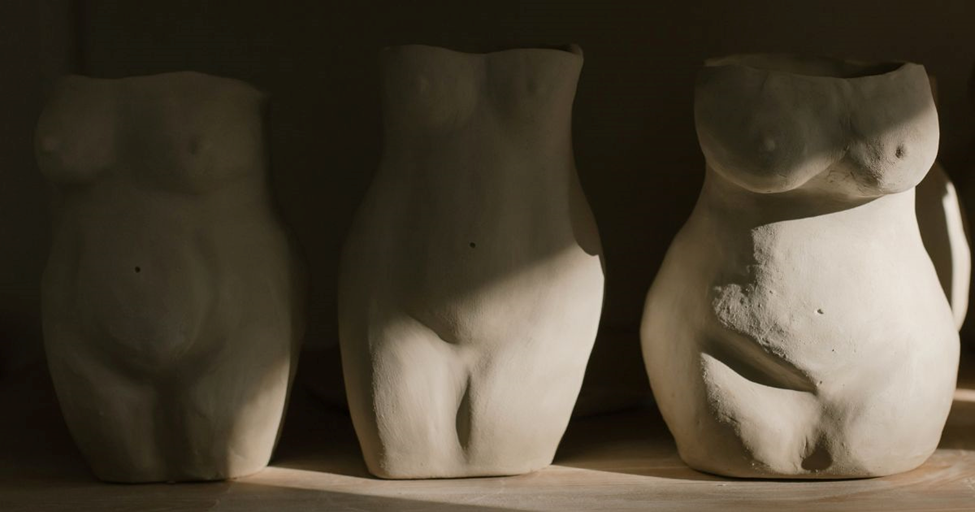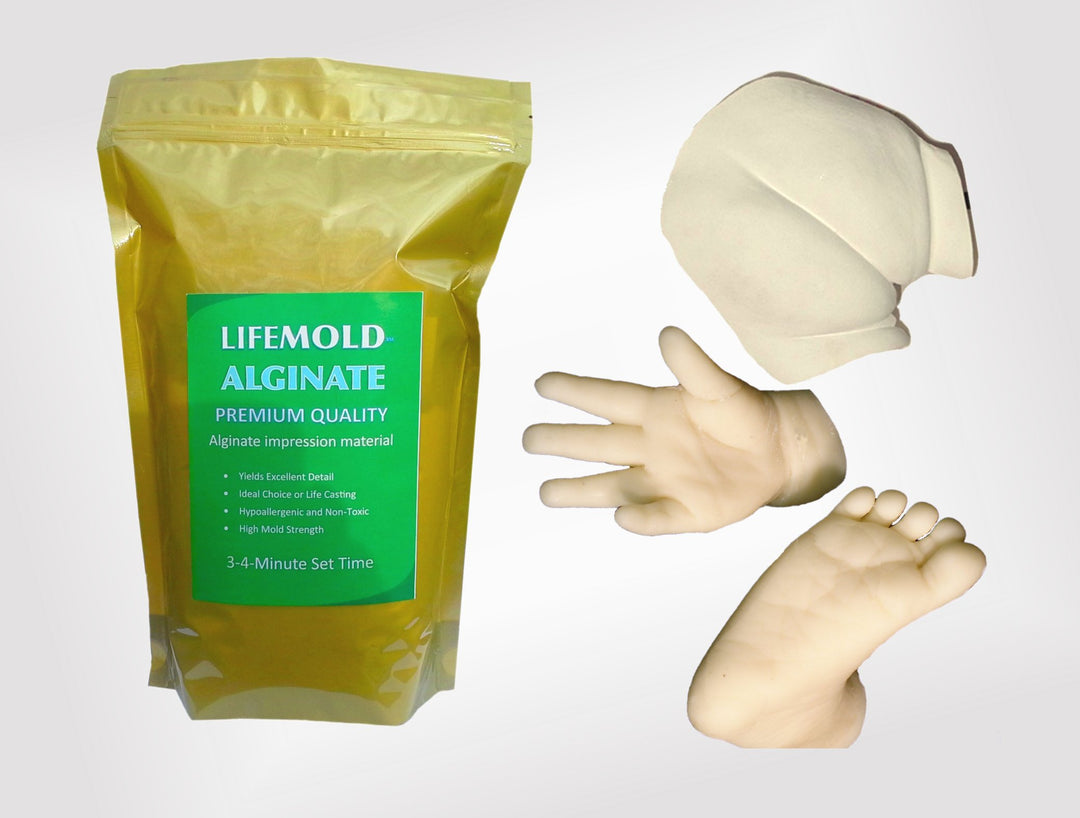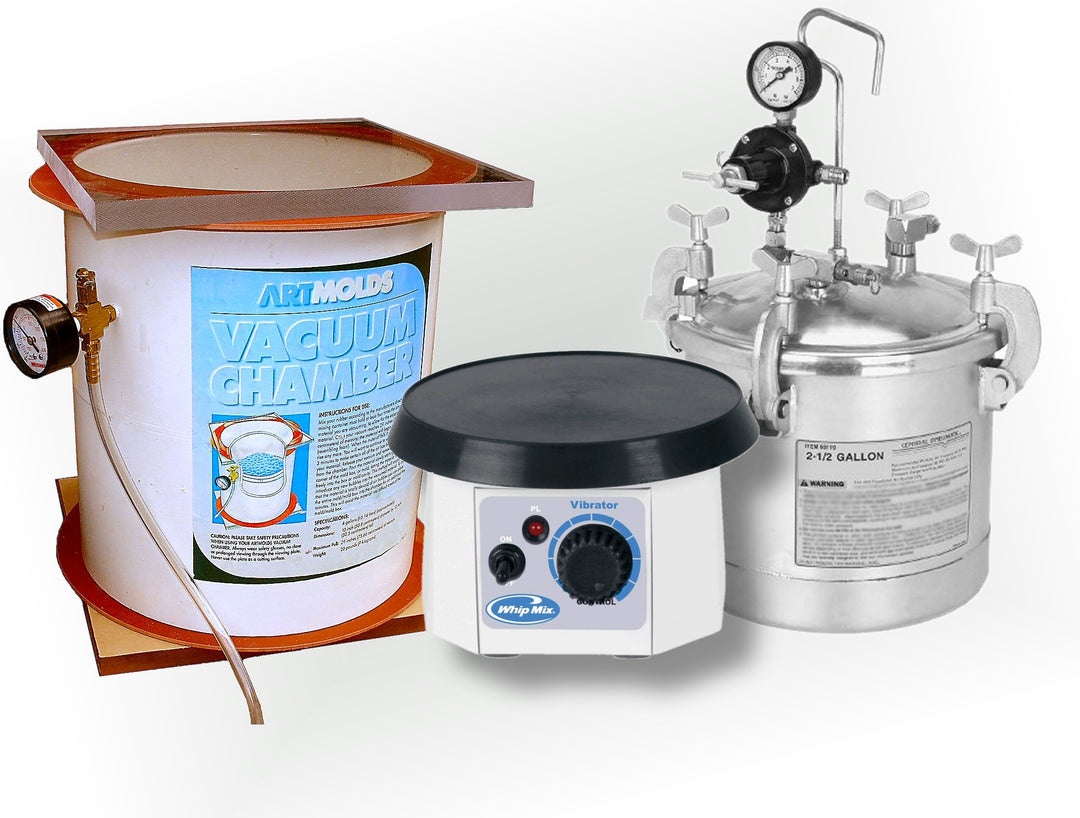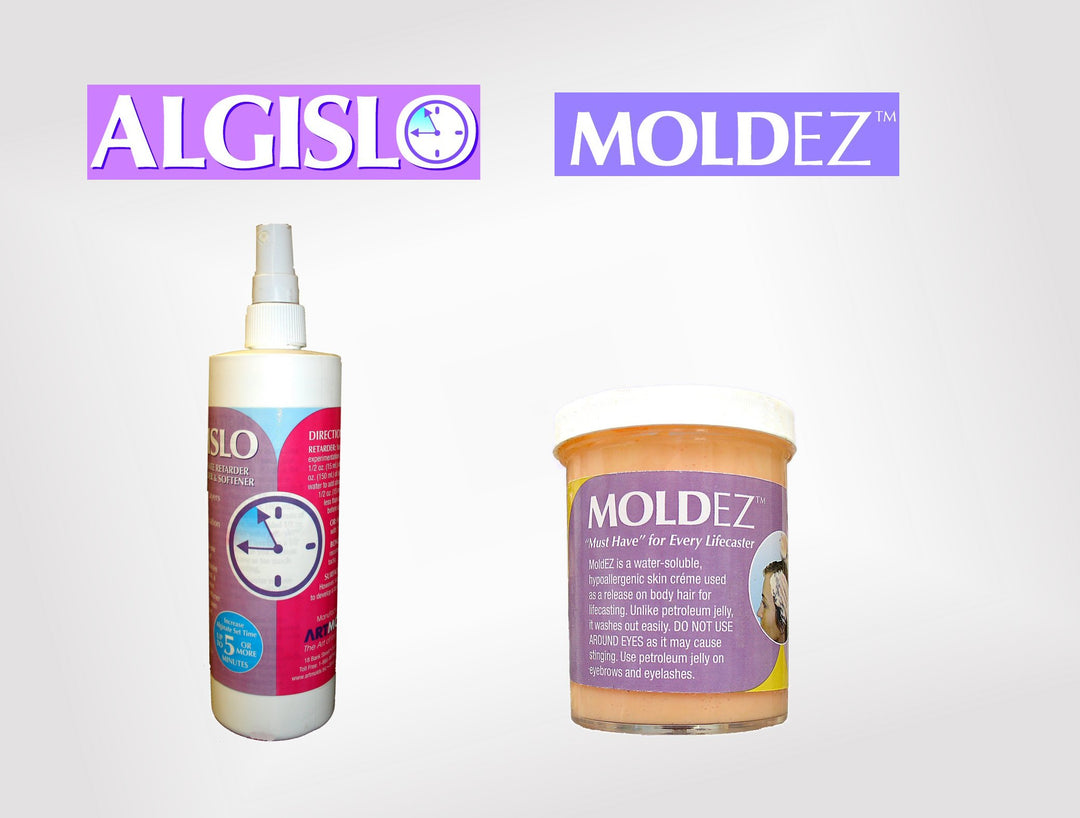In the ever-evolving world of art and personalized memorialization, one captivating medium stands out: body casting. This intricate process allows individuals to capture the essence of a moment, preserving the unique contours and details of the human form. Whether it's for artistic expression, special occasions, or personal remembrance, the art of life casting has become a cherished practice, enabling individuals to immortalize their memories and experiences. In this comprehensive guide, we delve into the fascinating world of body casting, exploring its history, techniques, and the remarkable ways it can transform the ordinary into the extraordinary.
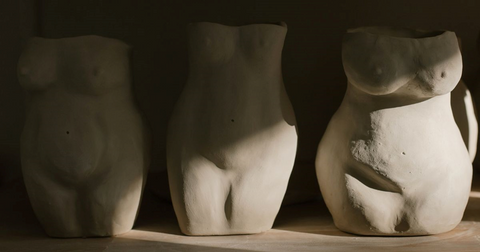
The Rise of Body Casting: A Brief History
Life casting boasts a rich and extensive history that unfolds over centuries. The earliest known examples of this art form can be traced back to ancient civilizations, where it was used for a variety of purposes, from religious rituals to the creation of commemorative sculptures. Over time, the techniques and materials used in body casting have evolved, with modern advancements in materials like silicone and alginate, allowing for more precise and detailed captures.
The Captivating Process: Techniques and Materials
At the heart of body casting lies a meticulous process that involves carefully molding and sculpting the human form. The most common techniques used in life casting include the use of alginate, a seaweed-derived material that is known for its ability to capture intricate details, and silicone, a versatile polymer that offers exceptional flexibility and durability.
The process typically begins with the preparation of the subject, which involves thorough cleaning and the application of a release agent to ensure a smooth separation of the cast from the body. The mold-making process then commences, with the alginate or silicone being carefully applied to the desired area, layer by layer, until a sturdy cast is formed. Once the mold has cured, it is carefully removed and used as a template to create the final cast, which can be made from a variety of materials, including plaster, resin, or even bronze.

The Artistic Potential: Transforming the Mundane into the Extraordinary
Body casting is not merely a practical technique; it is a powerful creative medium that allows artists to capture the beauty and uniqueness of the human form. From intricate full-body sculptures to delicate hand and foot casts, the possibilities for artistic expression are truly endless. By combining the precision of the casting process with the imagination of the artist, body casting can transform the ordinary into the extraordinary, creating one-of-a-kind pieces that captivate and inspire.
The Emotional Significance: Preserving Cherished Moments
Beyond its artistic applications, it also holds deep emotional significance for many individuals. It can be used to commemorate significant life events, such as pregnancy, newborns, or even the loss of a loved one. By preserving the physical form, life casting allows people to hold onto cherished memories and moments, creating tangible reminders of the people and experiences that have shaped their lives.
The Versatility of Body Casting: From Personal to Professional
It has found applications in a wide range of professional and personal settings. In the medical field, it is used for the creation of prosthetic limbs, orthotic devices, and even custom-fitted braces. In the film and entertainment industry, these are often used to create realistic special effects and prop replicas.
On a more personal level, body casting has become a popular way for individuals to commemorate special occasions, such as weddings, anniversaries, or the arrival of a new family member. The ability to capture the unique details of the human form and preserve them as a work of art has made it a cherished and meaningful practice for many.
Conclusion: Immortalizing Life, Capturing Memories
The art of body casting is a truly captivating and transformative medium, offering individuals the opportunity to immortalize their cherished moments and experiences. Whether it's for artistic expression, personal remembrance, or professional applications, the process of capturing the human form in such intricate detail is a testament to the power of creativity and the enduring desire to preserve the essence of life.
At ArtMolds, we provide the highest quality materials and expertise to help you unleash the full potential of this remarkable art form. From our wide range of body casting supplies to our expert guidance and resources, we are committed to empowering you to create stunning, one-of-a-kind pieces that will captivate and inspire for generations to come.
Embrace the magic of life casting and let ArtMolds help you turn your visions into reality. Immortalize your memories, celebrate your unique story, and embark on a journey of artistic expression that will leave a lasting impression.
FAQs:
What is the difference between body casting and life casting?
Body casting and life casting are terms that are often used interchangeably, as they both refer to the process of capturing the human form in a mold. The main distinction is that "life casting" typically refers to the process of capturing a subject while they are still alive, whereas "body casting" can encompass both the capture of a living subject and the casting of a deceased individual.
What materials are commonly used in body casting?
The most common materials used in body casting are alginate and silicone. Alginate is a seaweed-derived material that is known for its ability to capture intricate details, while silicone is a versatile polymer that offers exceptional flexibility and durability. Other materials, such as plaster, resin, and even bronze, are often used to create the final cast.
How long does the body casting process typically take?
The duration of the body casting process can vary depending on the size and complexity of the project, as well as the specific techniques and materials used. Generally, the mold-making process can take anywhere from 30 minutes to several hours, and the creation of the final cast can take an additional few hour to a few days, depending on the drying and curing times of the materials.
Can body casting be used for medical or prosthetic purposes?
Yes, body casting has various applications in the medical field, including the creation of prosthetic limbs, orthotic devices, and custom-fitted braces. The precision and attention to detail inherent in the body casting process make it a valuable tool for creating personalized medical solutions.
How can I care for and maintain a body cast?
Proper care and maintenance of a body cast are essential to ensure its longevity and preservation. This may include storing the cast in a cool, dry place, avoiding exposure to direct sunlight, and handling it with care to prevent damage. It's also important to follow any specific cleaning or maintenance instructions provided by the creator of the cast.
Can body casting be used to commemorate special occasions?
Absolutely! Body casting has become a popular way for individuals to commemorate significant life events, such as weddings, anniversaries, pregnancy, and the arrival of a new family member. The ability to capture the unique details of the human form and preserve them as a work of art makes body casting a cherished and meaningful practice for many people.



